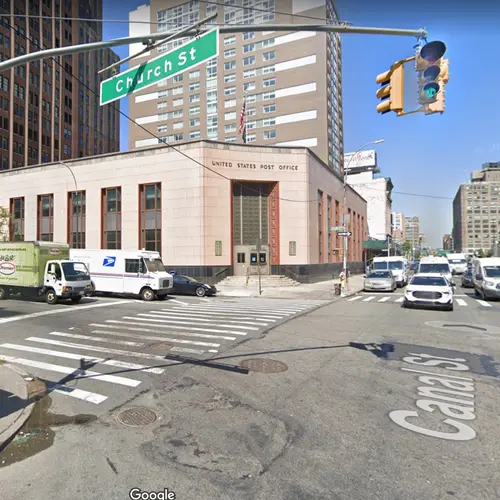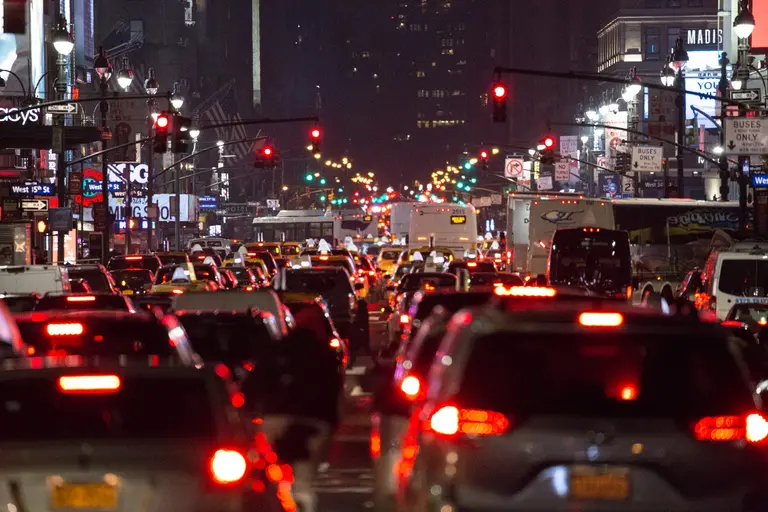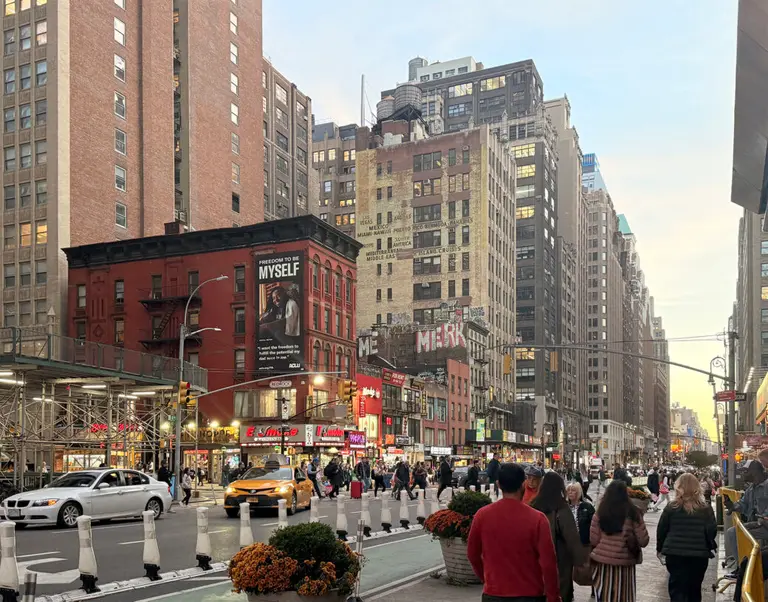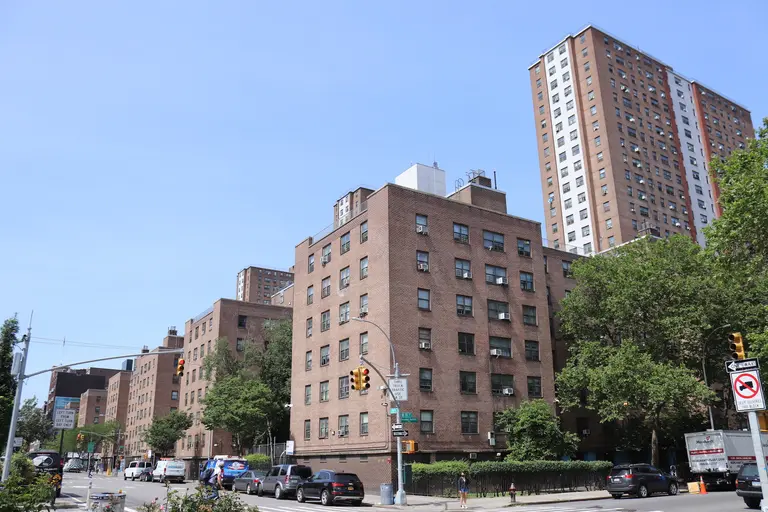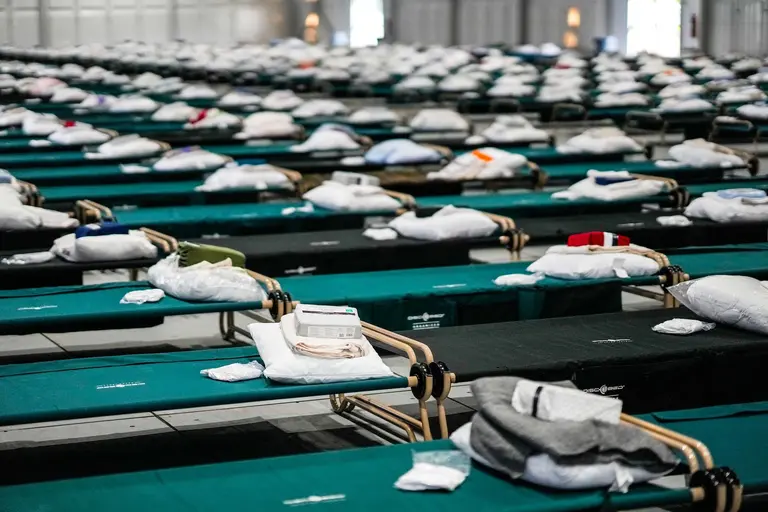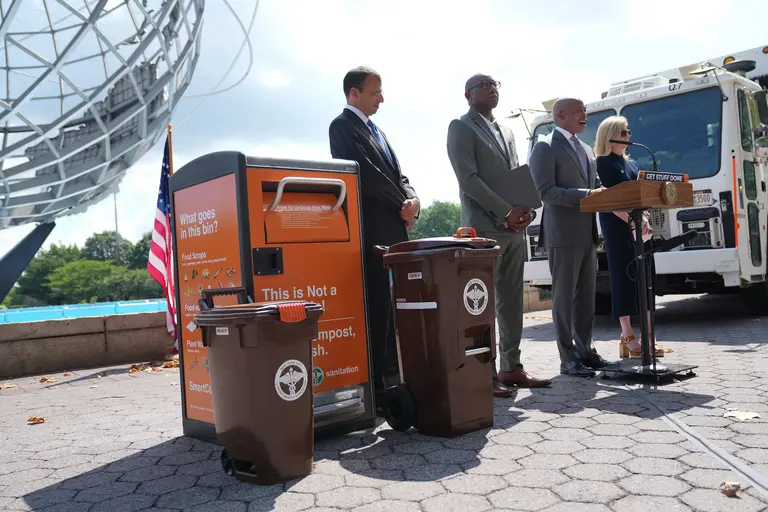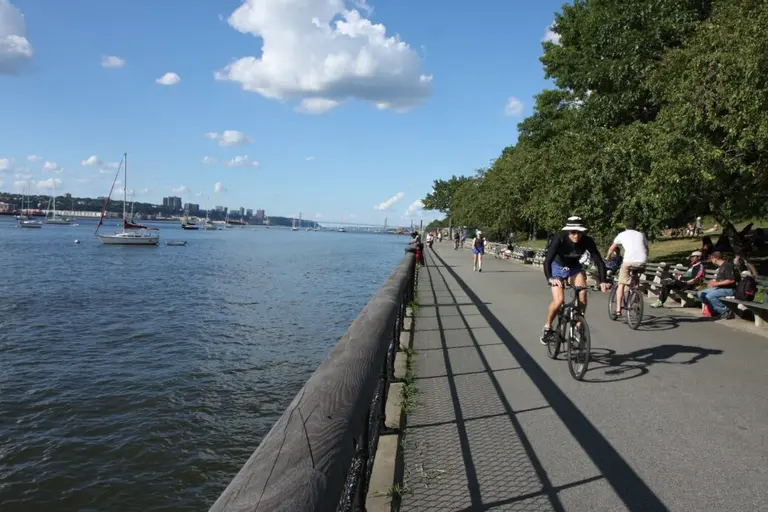Manhattan borough president sees the city’s vacancies as opportunities for creating new housing

Image courtesy of mari small on Unsplash
Manhattan Borough President Mark Levine released a report this week outlining 171 locations in the borough he believes can be turned into more than 73,000 new homes. The report, titled “Housing Manhattanites,” seeks to address Manhattan’s housing shortage and answer a critical question: “Where in our borough can we build the housing that Manhattanites so desperately need?” Of these housing opportunities, Levine explained to the New York Times: “Some of it is hiding in plain sight. There has been a Post Office that has been closed. There’s an abandoned bus depot that is not being used. There’s manufacturing space which is empty. There are buildings that landlords surrendered to the city for back taxes decades ago.”
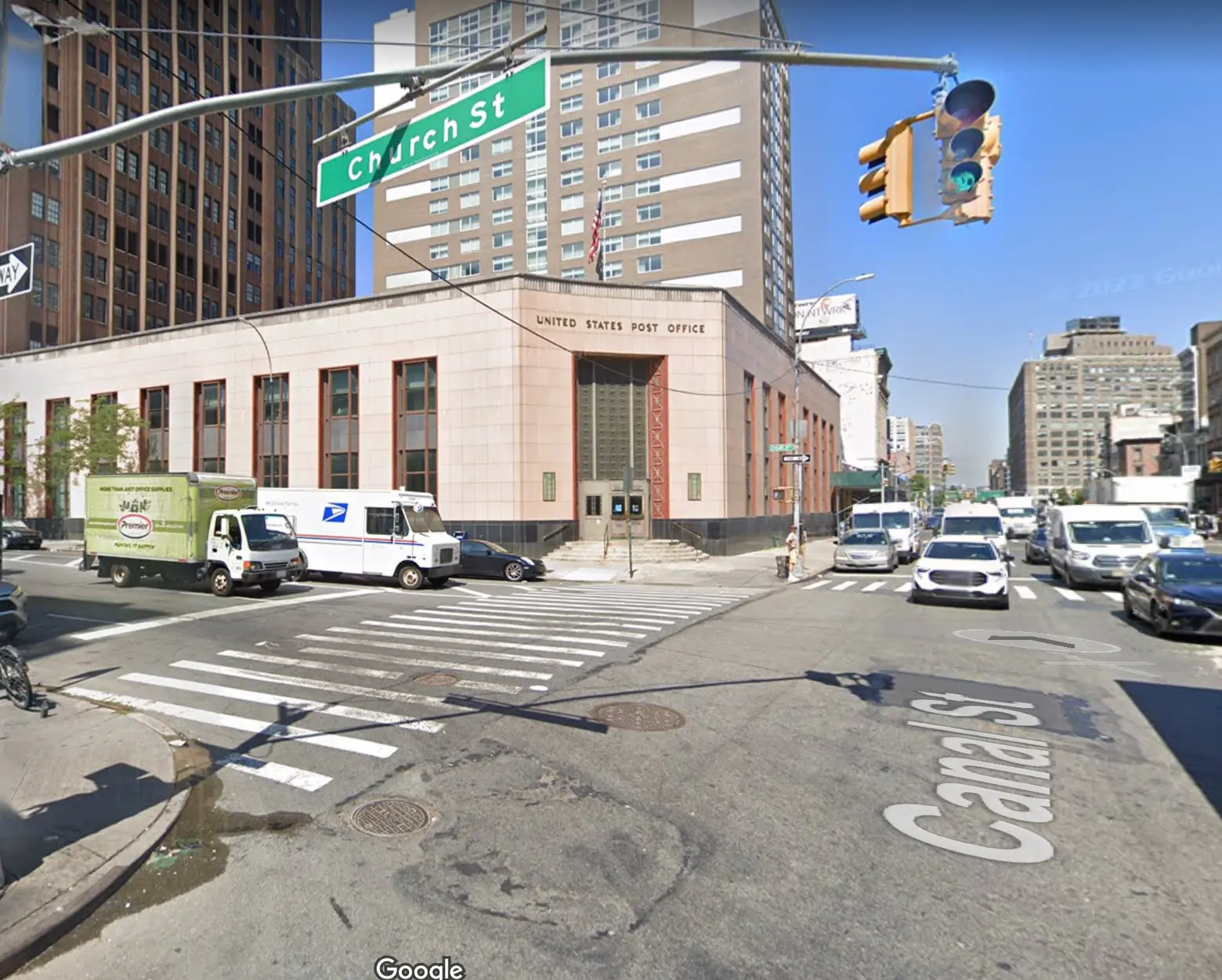
Streetview of 350 Canal Street © 2022 Google
As 6sqft previously reported, Mayor Eric Adams recently outlined a three-part strategy to tackle the city’s affordable housing crisis by accelerating the creation of new housing, setting a “moonshot” goal of creating 500,000 new homes over the next decade. And in December, Adams and Gov. Kathy Hochul announced a plan that advocated for the much-discussed idea of converting vacant office buildings into homes.
Now, after combing through every lot in Manhattan, Levine and his team say they have found the answer to the borough’s housing shortage among the abandoned parking lots and vacant buildings in some of the city’s most densely populated neighborhoods, including a mix of public- and privately-owned property.
According to the report, some of the identified sites are currently in use by city, state, and/or federal agencies, but they can all be converted to housing without “significant adverse impacts on agency operations.”
Levine also identified “pipeline projects”–publicly-owned sites that the city has previously committed for affordable housing development which have been stalled or delayed, in hopes of fast-tracking those sites to completion.
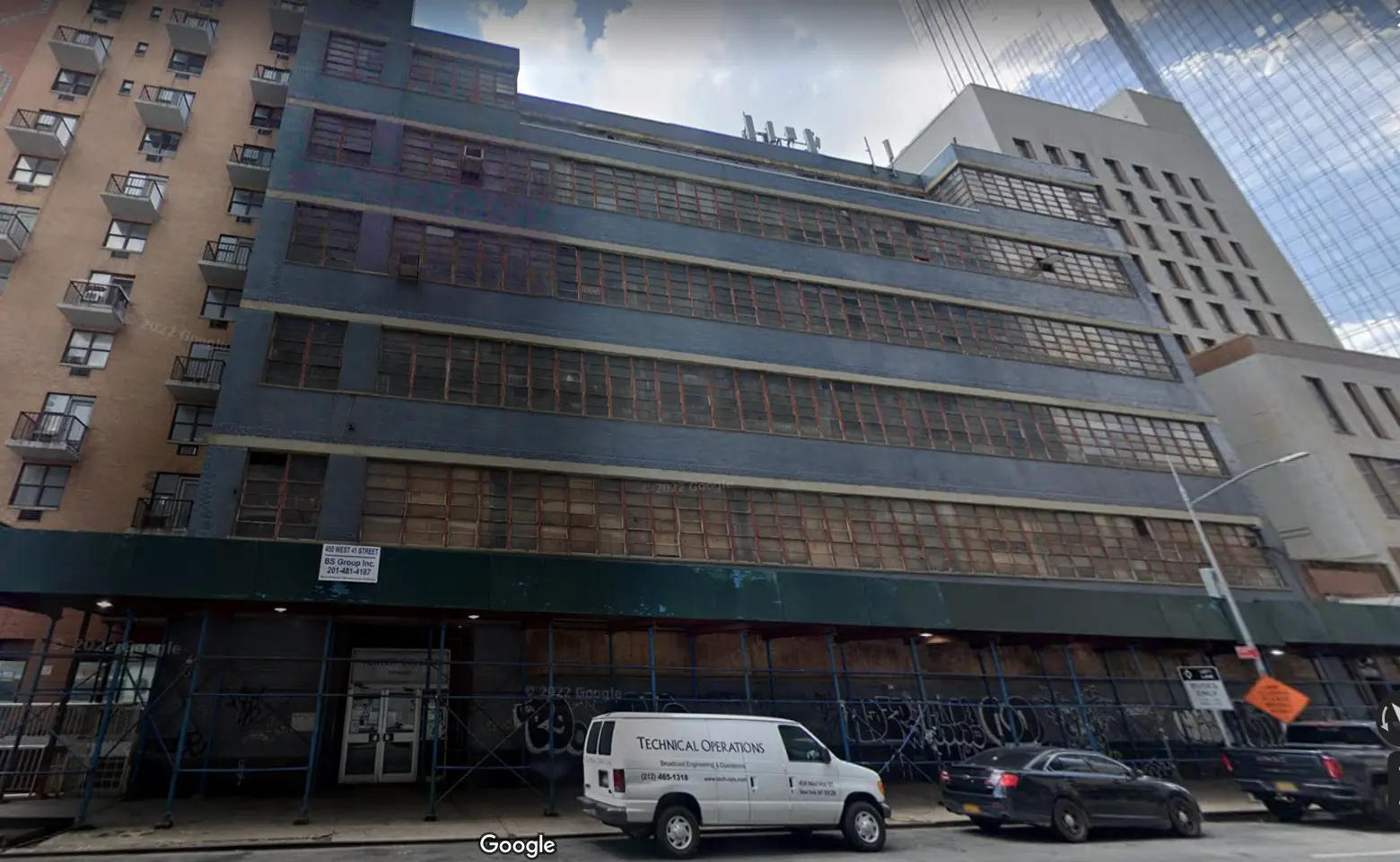
Streetview of 450 West 41st Street © 2022 Google
The sites identified in the report are located throughout all 12 of Manhattan’s community districts, including a USPS building at 350 Canal Street, a federal government-owned parking lot at 2 Howard Street, and vacant medical buildings at 450 West 41st Street and 520 1st Avenue, to name a few.
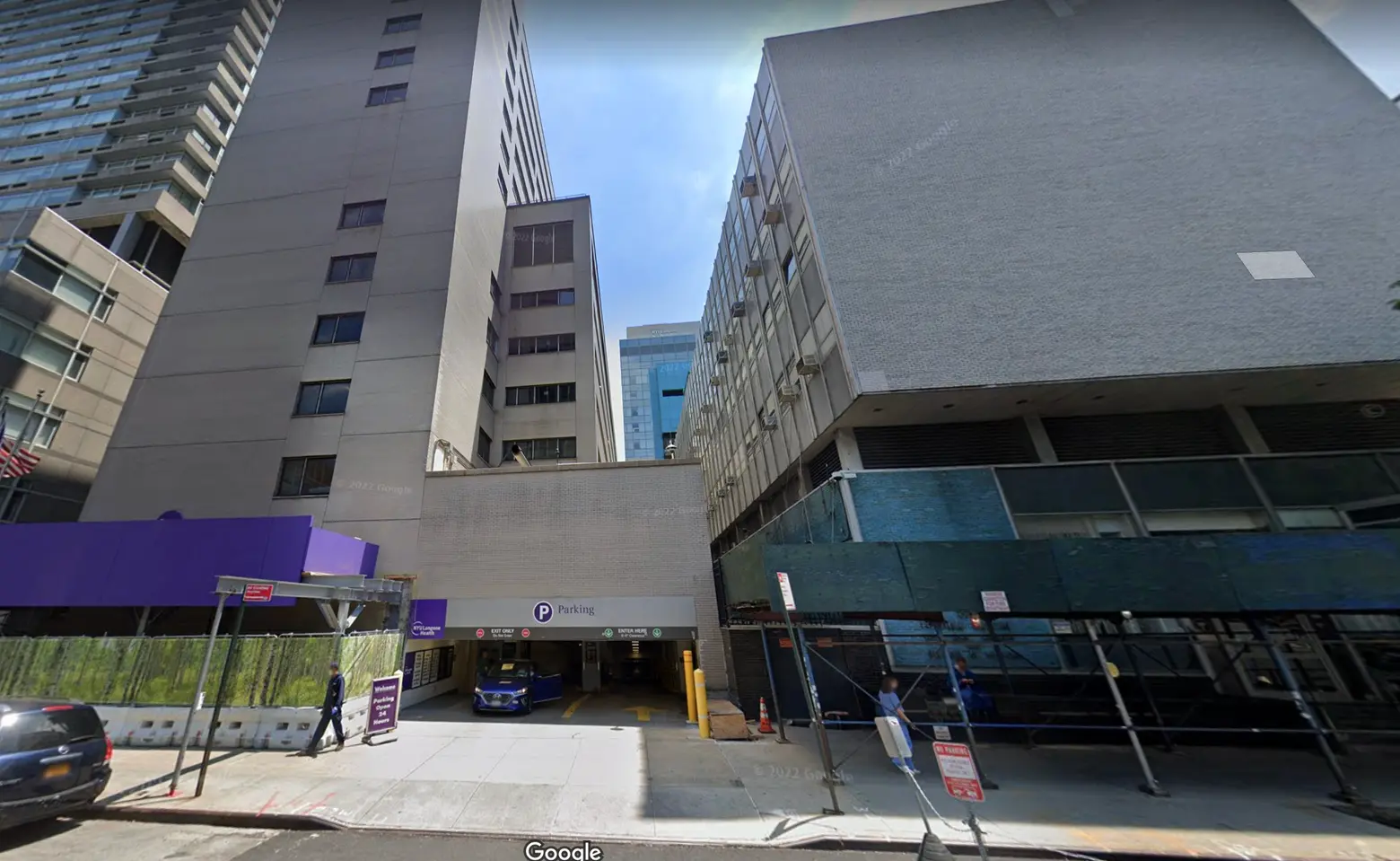
Streetview of 520 1st Avenue © 2022 Google
About 25 percent of the sites would require no change in zoning. For 27,000 of the proposed new homes, Levine suggests that zoning be updated in portions of neighborhoods including Midtown, Hudson Yards, West Chelsea, Kips Bay, and Yorkville. Over 40 percent of new units could be designated “affordable,” because a public entity, like the city or state, owns the land. About 75 percent of the proposed units are located south of 96th Street.
The report is preliminary. According to the Times, Levine’s office could not yet provide an estimate of the plan’s total cost. Further hurdles could include political constraints and, of course, community objections from people who don’t want a new building to rise next door.
Levine also called on the city to fund the city’s Department of Housing Preservation and Development to “ensure it succeeds,” expand the allocation of low-income housing tax credits, and reduce the barriers to commercial conversion.
This isn’t the first time a city official has suggested that underutilized land be used for housing, but, as Moses Gates, the vice president for housing and neighborhood planning for the Regional Plan Association, told the Times, Levine’s plan is noteworthy because “he is proposing the actual sites. It’s vitally important that you have somebody willing to say out loud ‘You can build something here.’”
RELATED:
